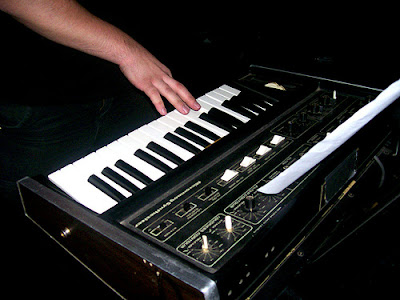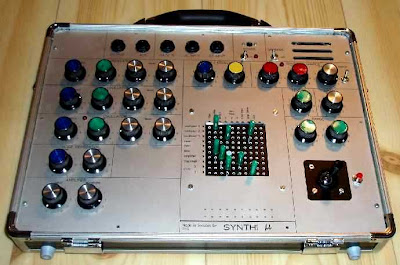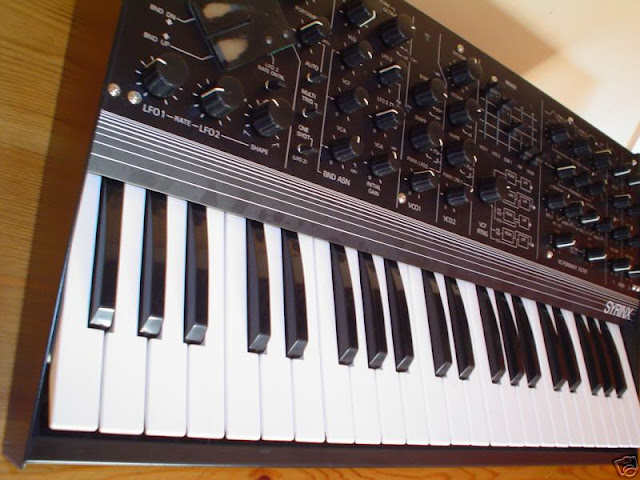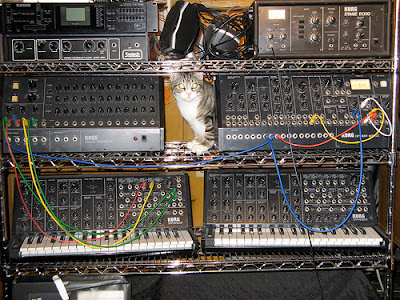Update: check the comments for one more date on April 30 in San Francisco.
"Date: Wed, Apr 18 2007 1:46pm
From: "Computer History Museum"
CCRMA and CHM Present
A Celebration of Max Mathews and 50 Years of Computer Music
Fifty years ago, in 1957, at Bell Telephone Laboratories, Max Mathews demonstrated that the digital computer can be used as a fantastic new musical instrument. He created a revolutionary software platform destined to form the basis of all contemporary digital musical systems.
His audacious ideas were driven by the belief that any sound that the human ear can hear can be produced by a computer. Mathews' mastery of this new instrument revealed new musical horizons and sparked a burgeoning curiosity into the very nature of sound. His comprehension and elaboration made five decades of art and research ossible, laying the groundwork for generations of electronic musicians to synthesize, record, and play music. Today at Stanford's Center for Computer Research in Music and Acoustics (CCRMA) as a Professor Emeritus he continues not only to educate students and colleagues, but also to guide and inspire with his constant inventiveness and pure musical pleasure.
Join us in honoring Max for an afternoon of sound, celebration and discovery of his ideas,works, music, and writings.
WHEN
SUNDAY, April 29, 2007
4 p.m. Pre-concert talk
Jon Appleton, John Chowning, Evelyne Gayou, Max Mathews, Jean-Claude Risset
5 p.m. ìInfluences: A Tribute Concertî
Jon Appleton, Gerald Bennett, Chris Chafe, Evelyne Gayou, Max Mathews,
Dexter Morrill, Jean-Claude Risset
6:00 p.m. Reception
WHERE
Computer History Museum
Hahn Auditorium
1401 N. Shoreline Blvd.
Mountain View, CA 94043
www.computerhistory.org/about/directions/
REGISTRATION
Free.
To register or for more information on the event, please visit the Museum's
Website at http://www.computerhistory.org/max_guest_04292007 or Call (650) 810-1005."
via loscha.






















































